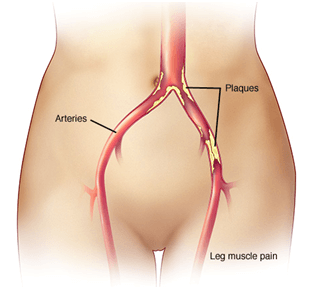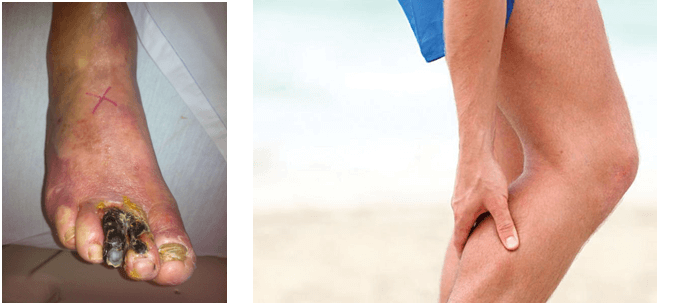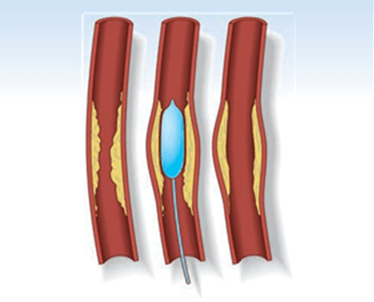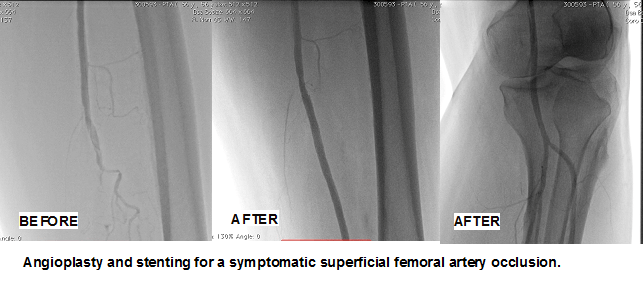Peripheral Vascular disease Treatment in Hyderabad
Causes and symptoms of peripheral arterial disease
Peripheral vascular disease (PVD) is a condition effecting the lower limbs in mostly men and women older than 50 years.
The risk factors for the disease are
- Smoking
- Hypertension
- Hyperlipidemia
- Hyperhomocystinemia
- History of coronary or cerebrovascular disease

Peripheral artery disease is often caused by atherosclerosis. In atherosclerosis, fatty deposits (plaques) build up in the artery walls and reduce blood flow. When it occurs in the arteries supplying blood to your limbs, it causes peripheral artery disease
Peripheral artery disease symptoms include
- Painful cramping in your hip, thigh or calf muscles after certain activities, such as walking or climbing stairs (claudication)
- Leg numbness or weakness
- Coldness in your lower leg or foot, especially when compared with the other side
- Ulcers on your toes, feet or legs that won't heal
- Shiny skin on your legs
- Erectile dysfunction in men

Peripheral Vascular Disease – A Stealthy Disease Not to Be Ignored
How PVD is diagnosed
Peripheral vascular disease in a clinically symptomatic patient as well as in asymptomatic patient is diagnosed by various diagnostic methods.
ABPI measurement and doppler scan are the most commonly used modalities to diagnose peripheral vascular disease. CTA/ MRA is used when revascularized is planned
Treatment of peripheral vascular disease
Treatment for peripheral artery disease has two methods:
- Life stye modification and cessation of smoking Medication to control risk factors
In cases where the initial disease severity is significant and limb threatening, and in cases where the symptoms are not responding to medication, angioplasty or surgery may be necessary.
Bi-plane Angiography Cathlab: Advanced Technology for Neuro and Vascular Treatments
Angioplasty and stenting:
Interventional radiologists pioneered angioplasty and stenting, which was first performed to treat peripheral arterial disease. Using imaging for guidance, the interventional radiologist threads a catheter through the femoral artery in the groin, to the blocked artery in the legs. Then a balloon is inflated to open the blood vessel where it is narrowed or blocked. In some cases this is then held open with a stent, a tiny metal cylinder. This is a minimally invasive treatment that does not require surgery, just a nick in the skin the size of a pencil tip. Balloon angioplasty and stenting have generally replaced invasive surgery as the first-line treatment for peripheral vascular disease. Early randomized trials have shown interventional therapy to be as effective as surgery for many arterial occlusions, and in the past years, a very large clinical experience in centers throughout the world has shown that stenting and angioplasty are preferred as a first-line treatment for more and more processes throughout the body.



DR.SURESH GIRAGANI CONSULTANT INTERVENTIONAL RADIOLOGIST at Apollo Hospital, has more than Seventeen years of clinical experience in vascular interventions with a special interest in neurovascular and peripheral vascular disease interventional procedures.
Services
Quick Links
Contact Us
Copyright 2021 Neuro All rights reserved. | Powered By KBK Business Solutions


